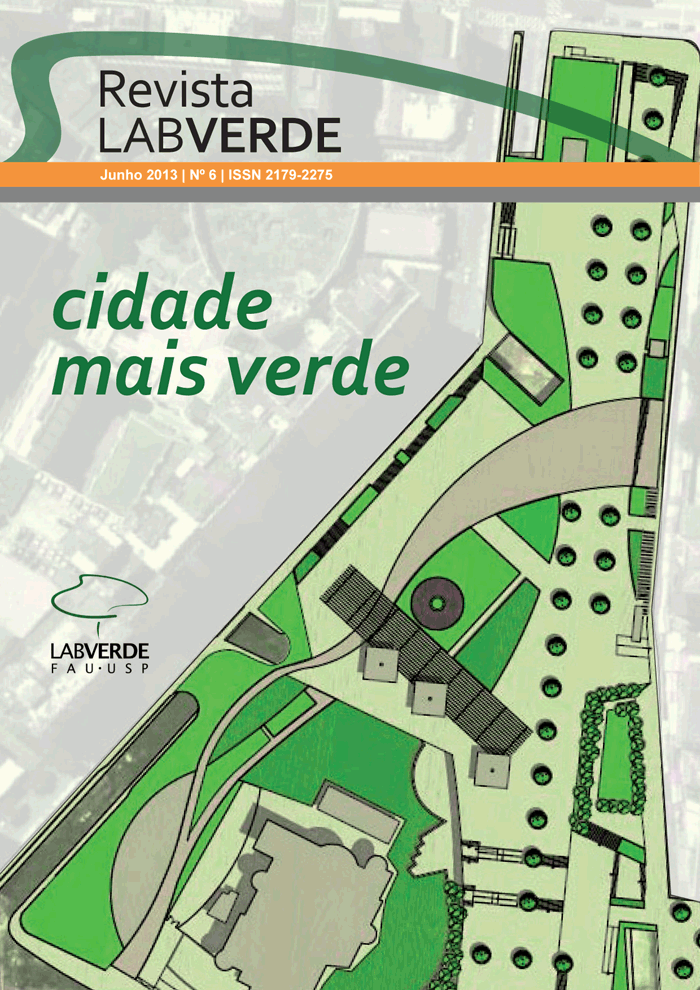Green infrastructure for climate change in the C40
DOI:
https://doi.org/10.11606/issn.2179-2275.v0i6p220-235Keywords:
green infrastructure, climate changes, urban afforestation, urban forest, urban resilienceAbstract
Currently, worldwide, cities are preparing themselves for climate changes. This article deals with the experience of the meeting C40, held in São Paulo by mid-2011 and promoted by the City Authorities. The meeting brought together dozens of cities around the world to discuss strategies to face the problem with several approaches such as the use of renewable energy, waste management, urban mobility and urban afforestation among others. The authors of this article have been invited to attend that event as consultants and reporters of Session 3 - Tree Planting and Urban Forest. This work resulted in a text on the subject, which led to this article. In the session and Urban Forest and Tree Planting it was proposed initiatives to increase the green areas adopted by cities in four different countries – Russia, Chile, Nigeria and Ethiopia – which were attended by representatives of the cities Moscow, Santiago, Lagos and Addis Ababa, all together with the same main target: adapting cities to climate changes. At that meeting, it became evident that planting trees is among the main adaptation actions at the cities, with the aim to improve the green infrastructure and face the problem of “urban heat islands” and “global warming”. Planting takes place mainly in parks, squares, green areas of pathways and with creation and restoration of forests. Besides these, thirteen other cities have similar plans concerning the creation or expansion of green belts and areas. Having as an example the measures adopted by these four cities at C40 and after discussion and reflection after-meeting, this team makes, at the end of this report, a conclusion and some recommendations, aiming consolidating a green infrastructure for the city of São Paulo to promote its urban resilience to climate change.
Downloads
Downloads
Published
Issue
Section
License
O detentor dos direitos autorais é o autor e eventuais coautores do artigo. A Revista LABVERDE exige apenas o ineditismo na publicação do artigo. O autor tem o direito de divulgar seu artigo conforme sua conveniência devendo citar a revista.
A Revista LABVERDE autoriza a republicação de seus artigos desde que devidamente citada fonte e autoria.



